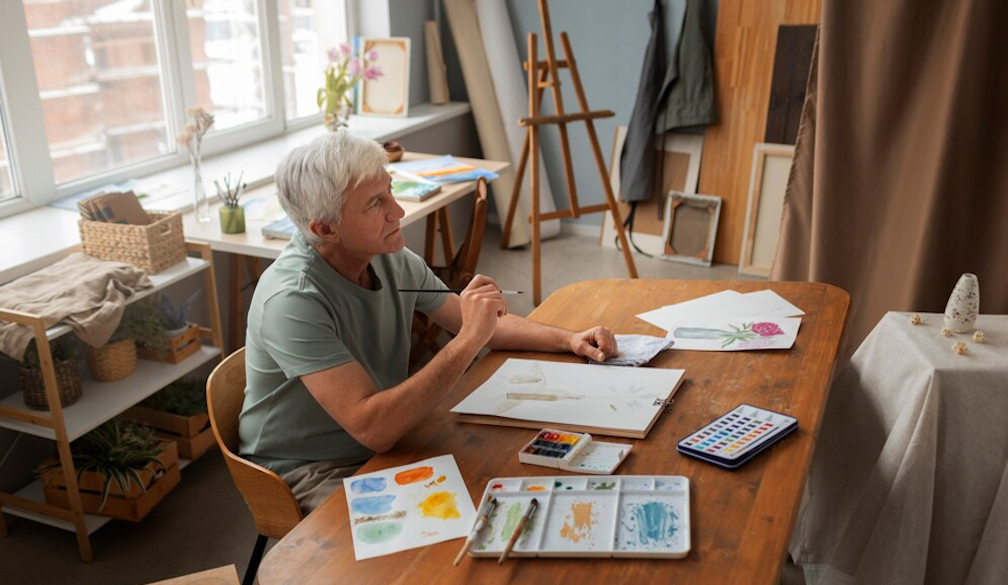How To Design Senior-Friendly Products and Services

Creating products and services for seniors means really understanding what they need and want. As more people age, the call for solutions that cater to them grows stronger. Designers and businesses must prioritize making things accessible, easy to use, and genuinely helpful.
This article dives into key strategies for crafting senior-friendly offerings. It looks at physical abilities, mental changes, and emotional well-being as people get older. Plus, it emphasizes how important inclusivity is in places like assisted living communities.
Understand the Physical Limitations
Many seniors face physical challenges that need to be considered in design. Issues like reduced mobility, strength, and dexterity can affect how they use products. It’s important to create items that are easy to handle and require little effort. For example, having large handles or buttons makes a big difference in usability.
Visual and hearing impairments also often come with aging. Using high-contrast colors, larger fonts, and clear audio signals helps make products more user-friendly. Ergonomics matters, and designs should allow for comfortable movements while preventing strain or injury during use.
Simplify the User Experience
Cognitive decline can impact memory, problem-solving abilities, and learning new technologies. This makes it essential to simplify how products and services are used. They should be easy to understand with clear instructions and few steps needed for tasks. Keeping interfaces simple helps seniors feel more confident in using them. Straightforward navigation is key here, too.
Consistent design elements like familiar symbols or layouts also help reduce confusion. Clear, concise instructions make a big difference as well. Plus, having customer support trained specifically to assist older adults can really improve the overall experience.
Foster Emotional Connection and Trust
Emotional well-being plays a key role in the lives of seniors and should be considered in design. Many older adults experience feelings of isolation or anxiety. Products and services that promote emotional connections can truly make a difference.
Features that encourage social interaction are essential. Tools for communication or elements that build community help seniors stay close to family and friends. Designing with empathy is crucial, too—showing respect for their experiences matters greatly.
Reliable customer service also holds importance, along with ensuring safety and privacy regarding personal information. All these factors contribute to creating designs friendly toward seniors.
Include Seniors in the Design Process
Involving seniors in the design process is essential for making products and services that truly meet their needs. Using surveys, focus groups, and usability tests can reveal important insights about what they want and where they struggle. This teamwork helps ensure that the final product fits them well.
Listening to feedback allows for ongoing improvements based on real experiences. It’s also vital to consider diversity among seniors—different levels of tech skills or cultural backgrounds matter a lot, too. By keeping this in mind, solutions can be created that work for everyone across various lifestyles.
Conclusion
Creating products and services for seniors takes careful planning. It’s important to consider physical challenges, make things easy to use, build emotional connections, and include seniors in the design process.
Focusing on these elements helps designers and businesses craft solutions that truly improve life for older adults. This approach encourages independence, boosts confidence, and supports overall well-being.







